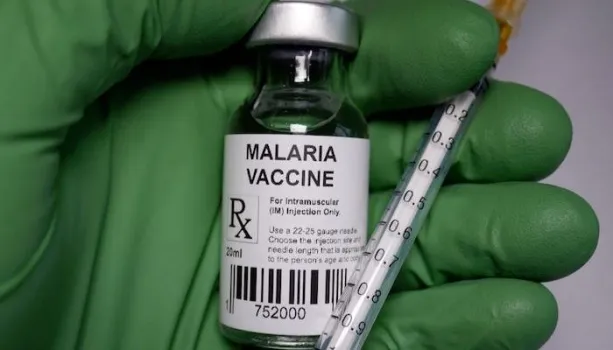According to the World Bank, Nigeria will use 96.3 percent of its revenue to service its debt in 2022.
This indicates that the nation pays for debt service with N96 out of every N100 it earns.

The worldwide monetary foundation expressed this in its Large scale Destitution Viewpoint for Nigeria: The report, which was released over the weekend and was titled “April 2023 Brief,” also pointed out that the federal fiscal deficit exceeded the predetermined limit.

A piece of the report peruses:
“The financial situation got worse. The cost of the gasoline subsidy increased from 0.7% of GDP in 2022 to 2.3%.
“Financial pressures were exacerbated by low non-oil revenues and high interest payments. In 2022, the fiscal deficit was estimated to be 5.0% of GDP, exceeding the 3% threshold for the federal fiscal deficit.

This has increased the debt service to revenue ratio from 83.2% in 2021 to 96.3% in 2022 and maintained the public debt stock at over 38% of GDP.
The World Bank also stated in the brief that the country’s efforts to reduce poverty were hindered by the cash scarcity brought about by the CBN’s naira redesign policy.
It also predicted that between 2019 and 2025, approximately 13 million Nigerians would become poor.
It stated, “Nigeria is in a position that is more fragile than it was before the global oil price boom in late 2021.” Development and destitution decrease have additionally been impacted with cash shortage with regards to the Naira update.
Between the years 2023 and 2025, it is anticipated that the economy will expand at a rate of 2.9% annually, which is only marginally higher than the rate of 2.4% population growth. Services, trade, and manufacturing will drive growth. Oil creation is projected to stay repressed to some degree as a result of failures and weakness.”
According to the baseline projection, “the number of Nigerians living below the national poverty line will rise by 13 million between 2019 and 2025.” This is because “the number of Nigerians living below the national poverty line will increase by 13 million.”
“The assessed number of jungle fever passings remained at 619,000 of every 2021 contrasted with 625,000 out of 2020.
“During the pinnacle long periods of the pandemic (2020-2021), Coronavirus related disturbances prompted around 13 million more intestinal sickness cases and 63,000 more jungle fever passings.
“Continues to account for a disproportionately large portion of the global burden of malaria is the WHO African region. The region was the location of approximately 95% of all malaria cases and 96% of deaths in 2021.
“Youngsters under five years old represented around 80% of all jungle fever passings in the area. Nigeria (31.3 percent), the Democratic Republic of the Congo (12.6 percent), the United Republic of Tanzania (4.1 percent), and Niger (3.9 percent) were the four African nations responsible for just over half of all malaria deaths worldwide.
“Malaria is spread throughout Nigeria, and 97% of the population is at risk. The transmission season lasts anywhere from three months or less in the north to year-round transmission in the south.
Adeyeye pointed out that the R21 malaria vaccine is a sterile, adjuvanted protein vaccine.
She went on to say, “A dose of 0.5 milliliters is composed of R21 Malaria antigen 5 g and Matrix-M1 50 g as an adjuvant filled in a vial as a ready-to-use liquid formulation for intramuscular injection.”

